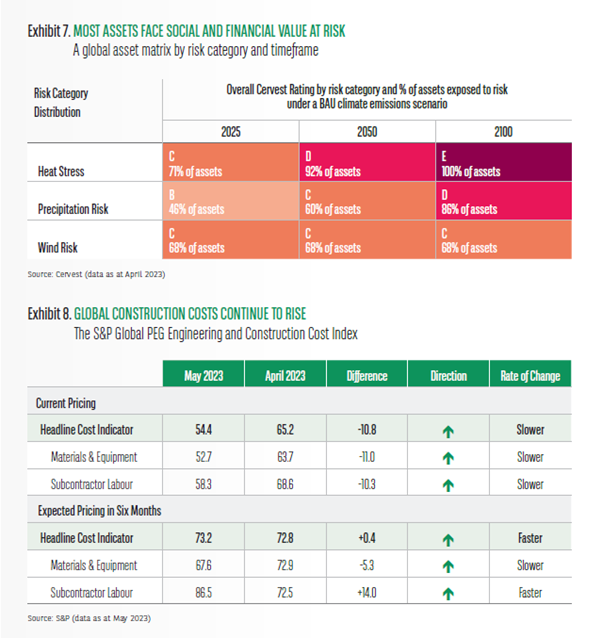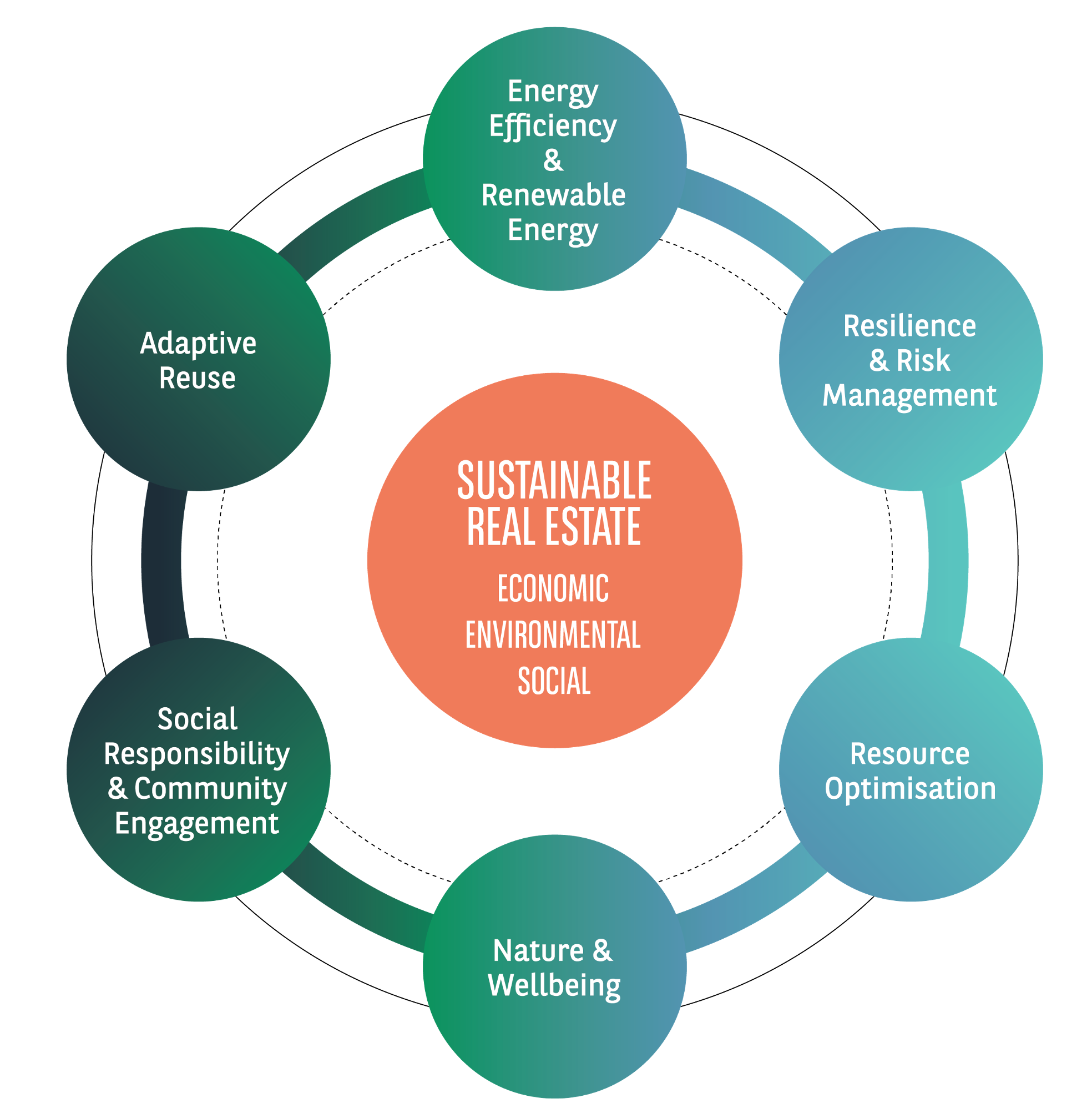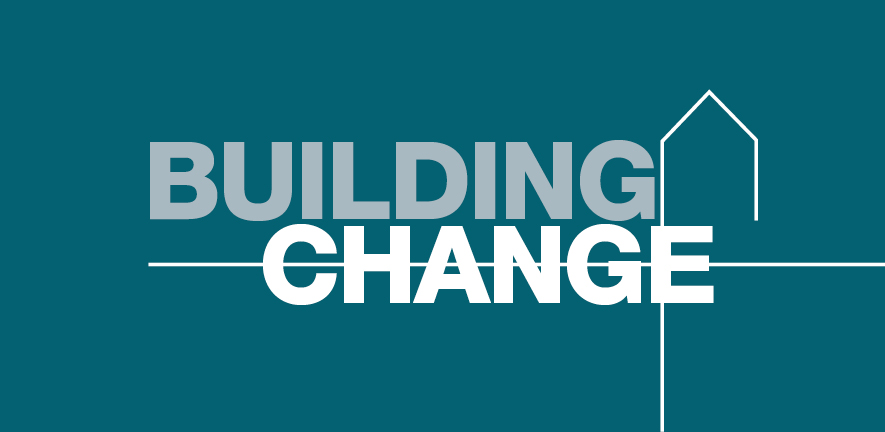
29 August 2023: First published in The Lighthouse, BNP Paribas REIM’s European Property Market Outlook, this blog by Munish Datta explores the constellation of risks and opportunities for sustainable real estate. Here, Lucy Bruzzone provides reflections and recommendations on ‘what next?’.
Real estate absolutely underpins human society. It provides us with habitation, a place to gather, rest, learn, play, heal and work – in fact we spend most of our lives in buildings. However, for a sector that covers 1% of the world’s land, it has a hugely disproportional environmental footprint: 40% of global carbon emissions, 50% of all extracted materials, 33% water consumption and 35% of generated waste.
As our planet’s finite resources become scarcer, user demand changes rapidly, in a challenging macroeconomic context with increasing regulatory demands, the economics of building and operating real estate are under pressure. To turn these risks into opportunities, real estate needs to focus on six urgent priorities:
- Energy Efficiency and Zero Carbon Emissions: The International Energy Agency roadmap to Net Zero Emissions by 2050, highlights the important role of buildings in terms of reducing energy consumption and carbon emissions. Incorporating energy-efficient heating, cooling, lighting systems, utilising renewable energy sources, and implementing smart technologies leads to substantial operational and long-term cost benefits. To have any chance of achieving the roadmap, 20% of existing buildings and all new buildings must be zero carbon ready by 2030. This means that we need to be retrofitting 2.5% of our existing buildings per annum and the financial return for energy efficiency has never been better.
- Enhanced Resilience and Risk Management: A recent survey of 1,000 built assets across Europe and the US assessed their physical climate risk against a ‘Business as usual’, unabated emissions, climate scenario. As indicated in Exhibit 7, without mitigation, by 2025, most of these assets could face social and financial ‘value at risk’ because of heat stress, precipitation, and wind. By integrating resilient design principles, such as flood-resistant structures and green roofs for stormwater management, buildings can better withstand and recover from increasingly regular extreme weather events. This proactive approach to risk management enhances the long-term viability and attractiveness of real estate assets.
- Resource optimisation: Escalating resource scarcity, energy constraints, and material shortages have put inflationary pressures on global construction costs. In 2022, globally we consumed 100 billion tonnes of materials and the real estate and infrastructure sectors used about half of these and wasted up to 60%. This inefficient use of resources not only contributes to environmental degradation but also influences the cost viability of real estate projects. Making the most of what already exists and prioritising circular economy principles are helping to reduce costs and enhance the overall financial viability of real estate development. Furthermore, the choice and efficient use of building materials used in construction and operation is an important consideration to reach whole life net zero carbon emissions.
- Nature and Wellbeing: The incorporation of nature into real estate projects provides numerous benefits to planet and people. Integrating green spaces, rooftop gardens, and urban forests into developments not only enhances aesthetics but also improves air quality, reduces the urban heat island effect, contributes to the health and well-being of occupants, and supports biodiversity. Studies have shown that properties with access to nature command higher rental and sale prices, attract premium tenants, and experience increased occupant satisfaction. Nature-based solutions can provide up to 30% of the necessary emissions reductions, making them a key part of achieving net zero carbon.
- Social Responsibility and Community Engagement: Shelter is a basic human need, yet the biggest problem for millions of people around the world is that housing is not affordable with income spent on rent going up. By incorporating affordable housing initiatives, mixed-income developments, and community spaces, sustainable buildings create inclusive environments that accommodate diverse populations. Furthermore, sustainable design principles prioritise accessibility, ensuring buildings are suitable for people of all abilities and ages. By offering affordable and equitable housing options, sustainable buildings contribute to mitigating housing crises, improving living conditions, and fostering social cohesion within communities.
- Adaptive reuse: For many real estate markets, the last three years have seen the biggest shift in the way we use buildings; homes as offices, offices as homes. And in the last six months, a rapid adoption of generative artificial intelligence, advanced robotics, and the metaverse are strong signals that the only constant is change. Though there are many social and governance considerations about the adoption of these technologies, they pose serious questions about the purpose and design of real estate. Assets that can easily adapt to these changes, thereby prolonging their lifecycle, should remain relevant and more valuable in changing market.
We are amid a reshaping of the real estate landscape: climate risk, resource scarcity, nature, wellbeing, social value and changing user needs are critical priorities for real estate investors. There is strong evidence that the market is responding. Analysis of prices paid by investors for offices in London and Paris in Q3 2022, shows a widening premium of up to 35% for buildings that have sustainability ratings versus those that do not. Buyers in the UK are ready to pay a 9.4% premium on homes that sellers have retrofitted to be energy efficient. More than a green premium, the threat of a “brown discount” or devaluation of built assets (or even of outright stranding) is far greater. By 2030, $21trillion worth of global real estate assets could experience major write-downs in value given climate risks and the economic transition. Conversely, decarbonising the built environment is already a market worth up to $1.9 trillion in new annual value, especially in resilient materials and systems, and in retrofitting existing assets.
Like all constellations, risks and opportunities cannot be considered in isolation, they are deeply connected. By incorporating sustainable practices into real estate projects, investors can unlock long-term financial benefits while simultaneously addressing the environmental challenges of mitigation and adaptation, solving social issues of improving occupant well-being and equity and future proofing assets for changing market demand and regulatory compliance.








